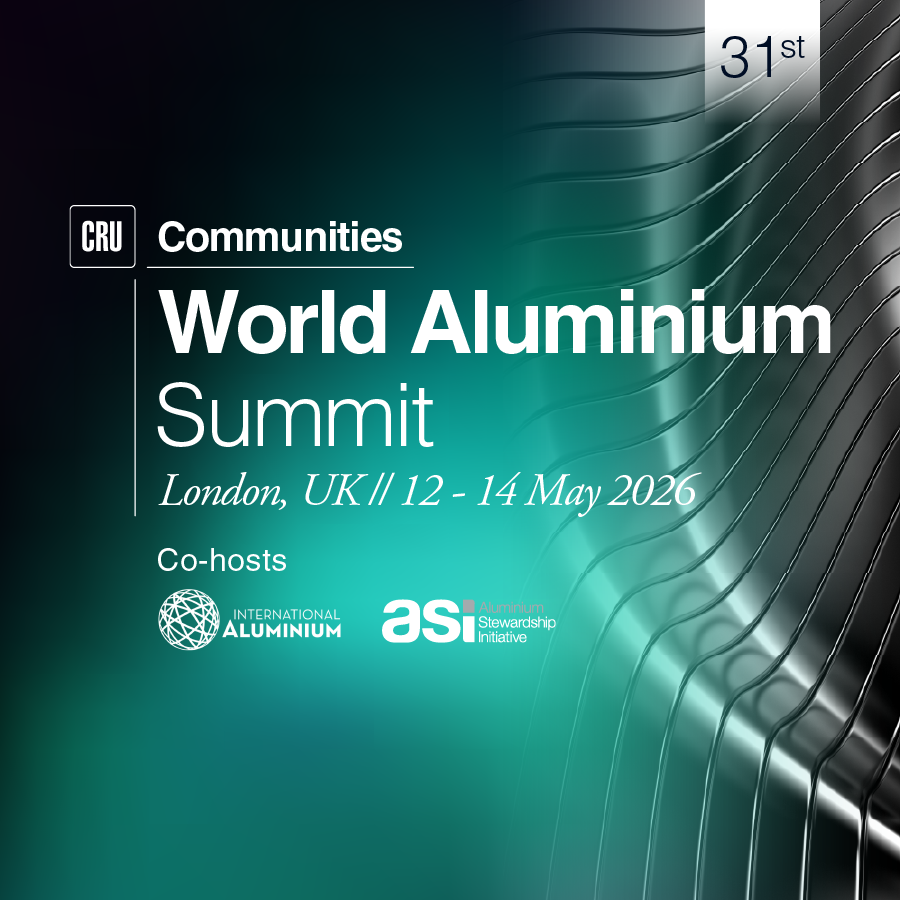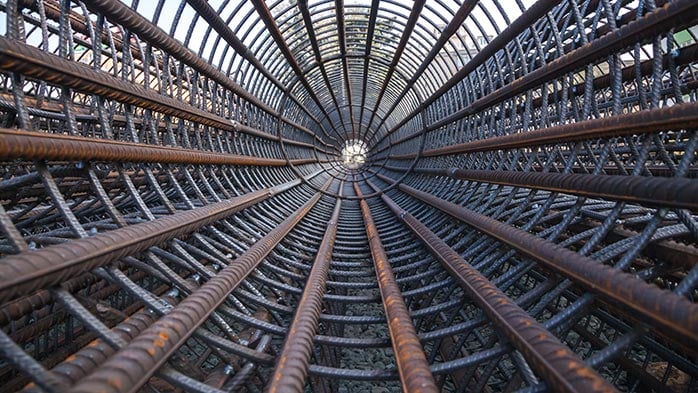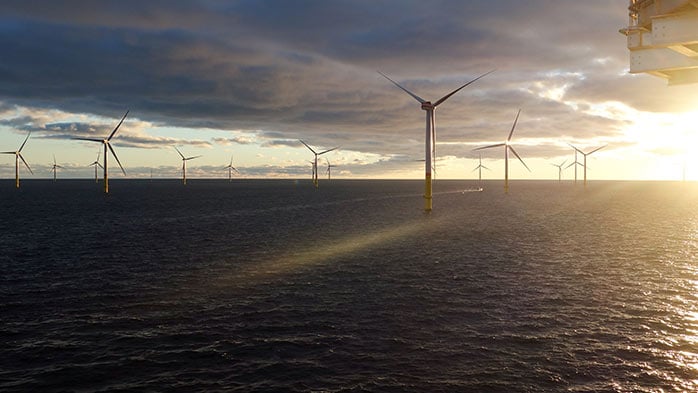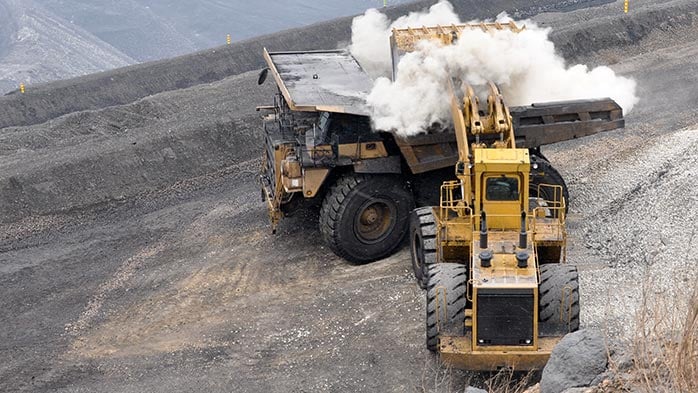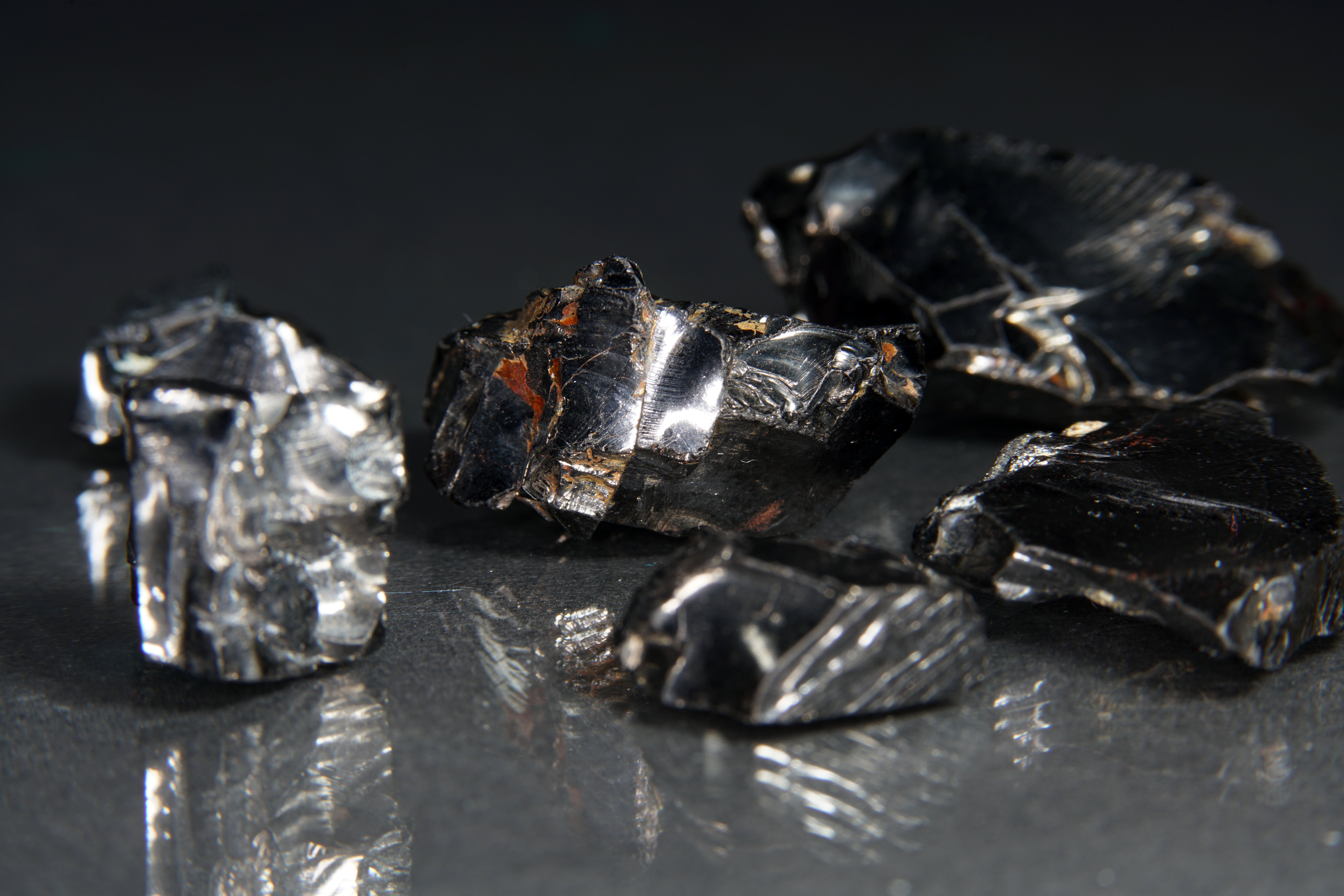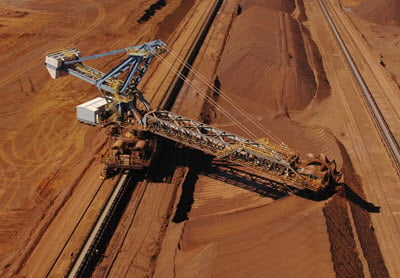Key takeaways
- Superconducting cables could deliver 10x capacity with far less infrastructure.
- Electrification, data centres, and floating wind are reshaping cable demand.
- Sustainability expectations are rising sharply, with emphasis on verified low-carbon and circular materials.
- Labour shortages and delivery complexity are pushing the industry towards new project execution models.
- Long term planning, procurement reform and policy support are urgently needed to unlock long term investment
CRU’s 2025 Wire & Cable Connections Summit gathered 156 delegates from 89 companies across 24 countries in the historic city of Prague, Czech Republic. Proceedings began 24 June with a site visit to Maschinenfabrik NIEHOFF’s 30,000 m² facility in Nymburk, followed by a river cruise on the Vltava, also hosted by NIEHOFF that offered a relaxed setting for networking ahead of two days of discussion.
At a turning point
The conference opened with a clear message: the wire and cable sector is facing an inflection point. Infrastructure investment, energy transition targets and growing digital demand are stretching existing systems. But constraints—from raw material supply to labour shortages—threaten to delay delivery.
CRU’s Head of Wire and Cable, Chenfei Wang, opened the conference by outlining the macro shifts impacting the industry: investment in high voltage (HV) and extra high voltage (EHV) cable production, changing trade flows in subsea cable, and regional disparities in capacity. His remarks set the tone for a packed agenda focused on electrification, sustainability, and supply chain readiness.
The keynote from Zdeněk Hruška, Director of System Development at European Network of Transmission System Operators for Electricity (ENTSO-E), reinforced the urgency of grid expansion to meet Europe’s climate and energy security goals. Hruška said Europe needs to double its cross-border grid capacity by 2040. He called on cable manufacturers to ramp up HVDC and AC production, push for cable standardisation, and align on qualification testing to support grid resilience.
CRU’s global outlook
Aisling Hubert, Senior Analyst at CRU, revealed that growth in solar PV, electric vehicles, and HV subsea cables is set to deliver 18–25% CAGR through 2030, with submarine HV cable demand overtaking insulated HV land cable by 2029. However, China’s dominance, with over half of global HV subsea and land cable capacity, is deepening regional imbalances. Without urgent investment, Europe faces a cable shortage before 2030.
Simon Price, Director of Energy Transition at CRU, added that global generating capacity is expected to quadruple by 2050, but transmission is a bottleneck due to transformer shortages and permitting delays. Battery Energy Storage Systems (BESS) could help, especially in solar-rich regions. Glen Kurokawa, Principal Analyst at CRU, noted that power demand will grow 35–40% by 2035, with Europe needing 25% more transmission lines and 12% more distribution infrastructure within that period.
Superconductor cables steal the show
From this context came two of the most talked-about sessions presented by Yann Duclot, Chief Marketing Officer at France’s Nexans, and Christian Kjaer, CEO of Ireland’s SuperNode Their message was bold: superconductor cables are no longer lab concepts.
Duclot introduced high-temperature superconducting (HTS) cable systems, delivering 10x power using just 10% of the space. These systems—already in pilot use in urban rail networks, data centres, and power grid expansions across Europe and the US—promise zero losses, no electromagnetic fields, and reduced civil works.
Kjaer took this further, with superconducting cables that can deliver up to 12 GW per corridor and cut grid costs by up to 75%, reusing tunnels and ducts to avoid urban disruption. These technologies sparked enthusiastic discussion among delegates as this was not just future-gazing — it was a call to rethink cable infrastructure from the ground up, and it clearly struck a chord.
Data centres and floating wind
The sectors that procure cable are also evolving, particularly floating offshore wind and data centres, with the former moving from pilot stage to commercialisation.
Joe Cole, Head of Engineering at JDR Cable Systems, highlighted the global momentum behind floating offshore wind, with the UK, France and Norway leading early deployments. As turbines are mounted on floating platforms, dynamic cables are essential to withstand the constant motion of waves and currents.
At the same time, offshore wind turbines are scaling rapidly, with next-generation models exceeding 18 MW. These larger installations will require 132 kV static and dynamic cables — a step up from the current 66 kV systems. Cole explained that JDR has successfully completed two new type test qualifications at 132kV for static and dynamic array cables, supporting the next generation of fixed and floating offshore wind projects.
Meanwhile, data centres are rapidly emerging as a key growth area. In 2024, they made up 3% of US construction spending. However, John Booth, Technical Director at the National Data Centre Academy (NDCA), warned that ESG compliance is becoming non-negotiable, with cable systems in Tier 3 sites now estimated to be worth up to £500,000 per MW.
Deborah Graham-Wilson, Head of Communications & ESG at UK based cable distributor, Eland Cables, confirmed that sustainability questions dominate cable procurement. Clients want full carbon transparency, from EPDs and LCAs to supply chain audits, recycled content and even delivery emissions. She explained that expectations are rising faster than budgets, and suppliers are now expected to back claims with verifiable data.
Raising the bar on cable raw materials
The topic of sustainability was explored in depth across multiple sessions for cable raw materials. Paul Gustavsson, CEO of Sweden's Elcowire Group, outlined how the company is in the process of replacing natural gas with bio-syngas to melt copper, enabling fossil-free, net-negative CO₂ production. He said that by 2025, 10% of supply will be low-carbon or recycled, with full mine-to-rod traceability.
Dr Cornel Abratis, Head of R&D Wire Rod at Germany’s Aurubis, reported a 40% cut in cathode CO₂ emissions since 2013, with 43% recycled content in their copper cathodes and growing US/EU recycling capacity. Their new LimOx and FOXROD OS rod grades target EV motor windings, where purity, conductivity and sustainability credentials are key.
Meanwhile, Carlo Scarlata, Managing Director of South Korea's Hanwha Advanced Materials, introduced a breakthrough supercritical de-crosslinking process for cross linked polyethylene (XLPE), paired with 50% post-consumer recycled polyethylene (PCR PE) outer jackets, moving towards a closed-loop cable model with Scope 3 emissions reductions.
Framing the industry’s next chapter
While not the final speaker, Alberto Lampasona, Director of Public Affairs at Europacable, offered a fitting summary of many of the conference’s key themes. Representing Europe’s cable manufacturers, he positioned cables as a strategic net-zero technology, urging policymakers to integrate sustainability criteria into at least 30% of public procurement scoring. He also proposed including cables under the EU’s Carbon Border Adjustment Mechanism (CBAM) to support domestic capacity expansion.
Final word
With electrification and digitalisation accelerating, a clear message emerged throughout the event: the European wire and cable industry must scale up production and step up on innovation and sustainability. It was evident from the presentations that the companies leading in these areas are the ones best positioned to shape the future of global infrastructure.
For ongoing coverage of wire and cable developments, contact us about our Wire and Cable Monitor and Market Outlook services.





